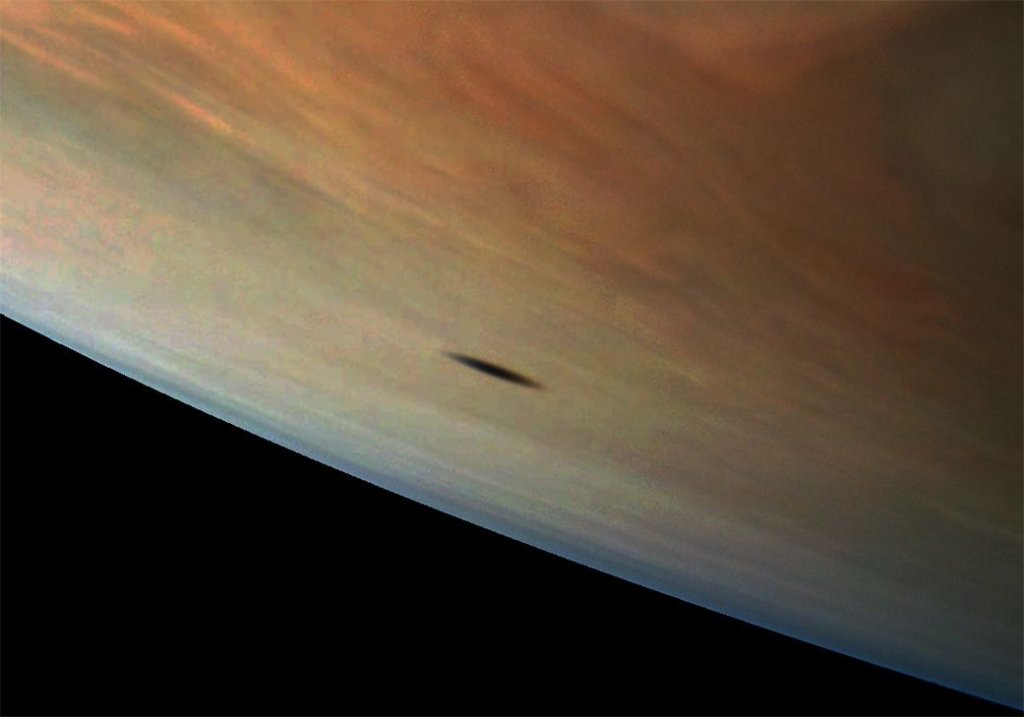
On This Day In Space: Nov. 5, 2002: Galileo spacecraft flies by Jupiter’s moon Amalthea (Image Credit: Space.com)
On Nov. 5, 2002, NASA’s old Galileo spacecraft was almost out of fuel. But the Jupiter mission still had some science to do. Galileo flew by a small moon called Amalthea. Amalthea is small, but it’s interesting for scientists.
Amalthea moon is the reddest object in our solar system. It also generates more heat than it gets from the sun. Scientists think Amalthea creates electrical currents as it orbits in Jupiter’s huge magnetic field. Near this little moon, strong radiation from Jupiter is dangerous for spacecraft.
Photos: The Galilean Moons of Jupiter

The flyby caused some problems for Galileo. The spacecraft went into safe mode only 30 minutes after going past Amalthea. NASA said it was ready for problems, because Galileo was on its last legs, and the radiation near Amalthea was strong. However, NASA quickly fixed the problem and got Galileo working again.
Less than a year later, Galileo threw itself into Jupiter’s atmosphere. The spacecraft was crushed by the high pressure in Jupiter’s atmosphere, but its data still survives on Earth.
On This Day in Space Archive!
Still not enough space? Don’t forget to check out our Space Image of the Day, and on the weekends our Best Space Photos and Top Space News Stories of the week.
Follow us @Spacedotcom and on Facebook.





